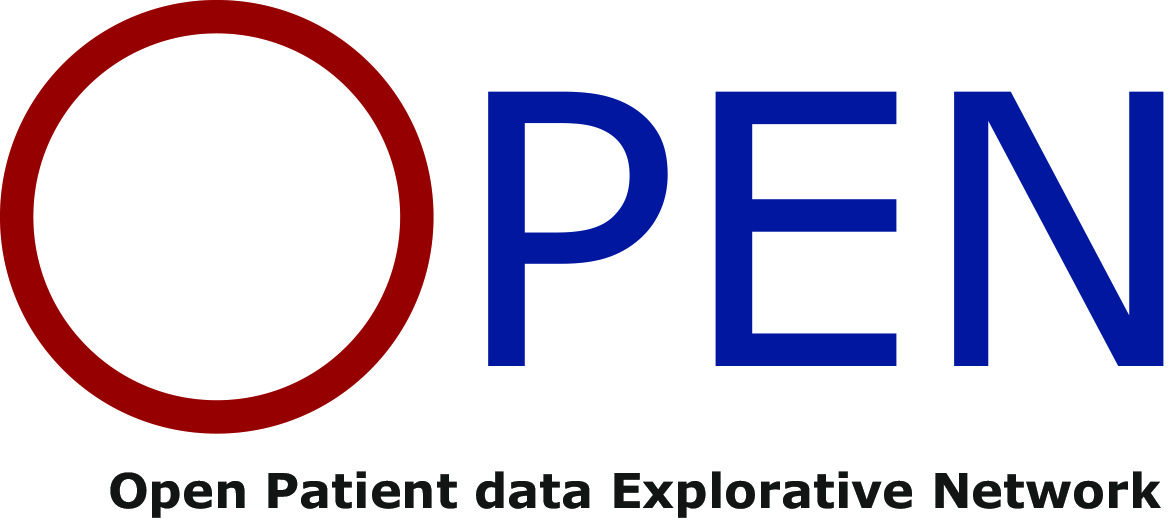
Staff specialist
Jesper Clausen Nielsen
Department of Surgery, Odense University Hospital, Svendborg
| Projekt styring | ||
| Projekt status | Sampling finished | |
| Data indsamlingsdatoer | ||
| Start | 01.02.2013 | |
| Slut | 01.02.2015 | |
THD or Open Pile Procedure - The TOPP trail
Short summary
The prevalence of haemorrhoids is stated as 4.4 % and most common in the age group 45-65. Haemorrhoid symptoms are: Bleeding, prolapse of mucosa, pain, itch, irritation and soiling, these symptoms can cause acute complications such as thrombosis or incarceration.
Rationale
Haemorrhoids are classified into four grades (groups):
- Acknowledged by endoscope, without prolapse
- Prolapse at defecation, retracts spontaneously
- Retracts manuelly
- Do not retract
For all four grades of haemorrhoids the primary treatment is medical; surgical treatment is only reserved for the 3th and 4th grade. The classic surgical treatment is Miligan Morgans Haemorrhoid Excision (MM), this method includes excision of the haemorrhoids and associated skin, where you leave the skin mucosa bridges in order to avoid stenosis. The wound are left open for secondary healing, which may course some pain during the first couple of week's post-operative. Trans anal Haemorrhoidal Dearterialization (THD) is a method, first described in 1995. It is a technique, where the artery supply for the haemorrhoid complexes in the anal cushions are sought out by ultrasound and ligated through a specially designed anoscope. During this procedure it is also possible to lift the mucosa in order to do a mucopexi, where the mucosa above the anal canal is stitched together like a harmonica, thereby the mucosa is pulled back into place. The ligate of the blood flow to the anal cushions causes the haemorrhoids to shrink, this together with the mucopexi should provide symptom improvement.
The purpose of this study is to compare the differences' between the two methods (MM and THD) concerning post-operative discomfort, complications, prolapse, symptom control and relapse within a year post-operative.
Description of the cohort
The project will include 120 patients with grade 3 or 4 haemorrhoids and indication for surgery, the patients fulfill no exclusion criteria and participates upon written consent. The tool OPEN Randomize is used for randomizing the patients for either MM or THD.
Data and biological material
The following data are entered electronically and imported into OPEN Projects:
- Scheme I: Pre-operative examination (entered by the surgeon on spot)
- Scheme II: Operation scheme (entered by the surgeon post-OP)
- Scheme III: Intestinal functions and haemorrhoid symptom score-scheme (entered by the patient immediately after inclusion)
- Scheme IV: Post-operative protocol (entered by the nursing staff and the surgeon responsible for discharge)
- Scheme V: Post-operative follow-up (entered by the surgeon)
- Patient diary (entered by the patient post-OP)
Collaborating researchers and departments
Department A, Surgery, Svendborg Hospital
- Jesper Clausen Nielsen, MD
- Senior Hospital Physician Gunnar Baatrup, DMSc
Department A, Surgery, Odense University Hospital
- Senior Hospital Physician and Professor Niels Qvist, DMSc